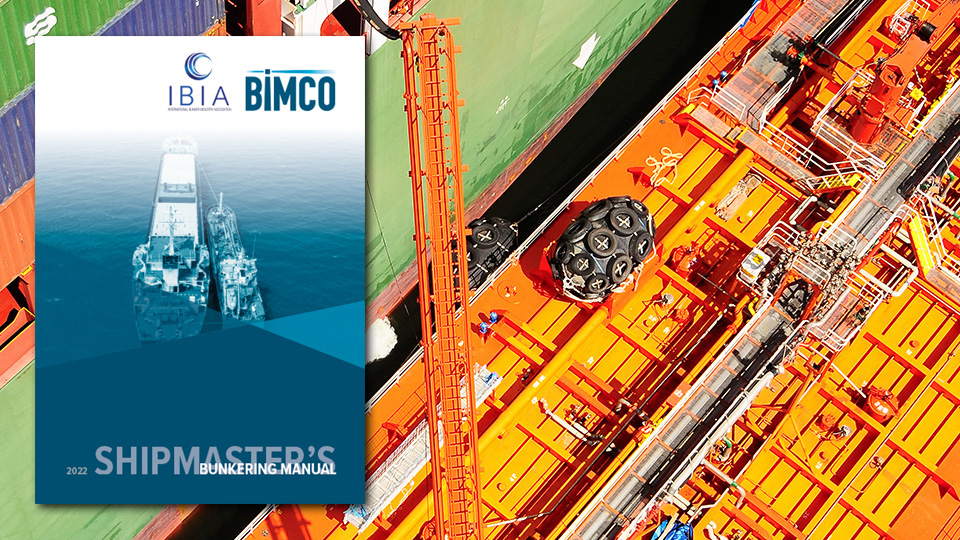BIMCO publishes interpretation of discord between fuel oil samples
Overview
As 1 January 2020 approaches and the sulphur regulation from the International Maritime Organization (IMO) comes into force, BIMCO is experiencing an increase in questions related to the discord between the verification produces for statutory fuel oil samples and commercial fuel oil samples.
When the 0.50% global IMO sulphur regulation takes effect, all stakeholders will play a role in securing compliance with the regulation. Three types of fuel oil samples will be used in the industry, and the sulphur content of these samples is verified in accordance with different procedures.
The three types of fuel oil samples are; The statutory MARPOL sample drawn during the bunker operation, the statutory samples drawn by PSC (either in-use or onboard fuel oil samples) and lastly, the commercial samples drawn during the bunker operation.
The sulphur content of these fuel oil samples is verified in accordance with different procedures, which are; IMO’s fuel verification procedure for MARPOL (delivered) fuel oil sample, IMO’s fuel verification procedure for in-use and onboard fuel oil samples and lastly, ISO 4259:2017 Petroleum and related products – Precision of measurement methods and results.
The MARPOL sample is essential
According to regulation 18 of MARPOL Annex VI, the statutory MARPOL sample is the only representative sample of the fuel oil delivered. Since the MARPOL sample is a statutory sample, it can only be tested by an Administration (Flag State or Port State).
While the MARPOL sample is essential, with the agreed amendments to MARPOL Annex VI, two new statutory samples may be included in MARPOL Annex VI. These new samples are named the ‘In-use sample’ and the ‘On board sample’, and they are intended to be drawn by port state authorities.
Compared to the MARPOL sample, which is used to verify the sulphur content of the fuel oil supplied to a ship, the samples drawn by PSC are used to verify the sulphur content of the fuel oil at the point of sampling, e.g. in the fuel oil line between the service tank and an auxiliary engine.
Lastly, commercial samples are drawn and tested by shipowners’ on a voluntary basis, not only to verify the sulphur content, but primarily to verify the physical and chemical properties in accordance with ISO 8217. However, under MARPOL Annex VI, there is no requirement for the receiving ship to verify the sulphur content.
The commercial sample(s) drawn by the ship and the supplier during the bunker operation is no legal proof when it comes to discussions about sulphur content and whether in compliance with MARPOL.
Interpretation of the BIMCO Secretariat
BIMCO members can read the interpretation of the BIMCO Secretariat as well as more details about the discord between fuel oil samples on BIMCO’s website.
Feedback or a question about this information?
VPS Bunker Alerts
Veritas Petroleum Services (VPS) publish regular Bunker Alerts based entirely on fuel samples and have kindly permitted BIMCO’s Members to access this information.
The Bunker Alerts are not intended to be an evaluation of overall bunker quality in the port or area concerned, but usually highlight a specific parameter within the fuel which has raised a quality issue.
Latest ice reports for members
Latest piracy reports
Latest industry releasable threats
ELSEWHERE ON BIMCO
Contracts & Clauses
All of BIMCO's most widely used contracts and clauses as well as advice on managing charters and business partners.
Learn about your cargo
For general guidance and information on cargo-related queries.
BIMCO Publications
Want to buy or download a BIMCO publication? Use the link to get access to the ballast water management guide, the ship master’s security manual and many other publications.
About a new business partner
We can help members check new business partners. We also help to recover millions of USD (undisputed) funds every year.




